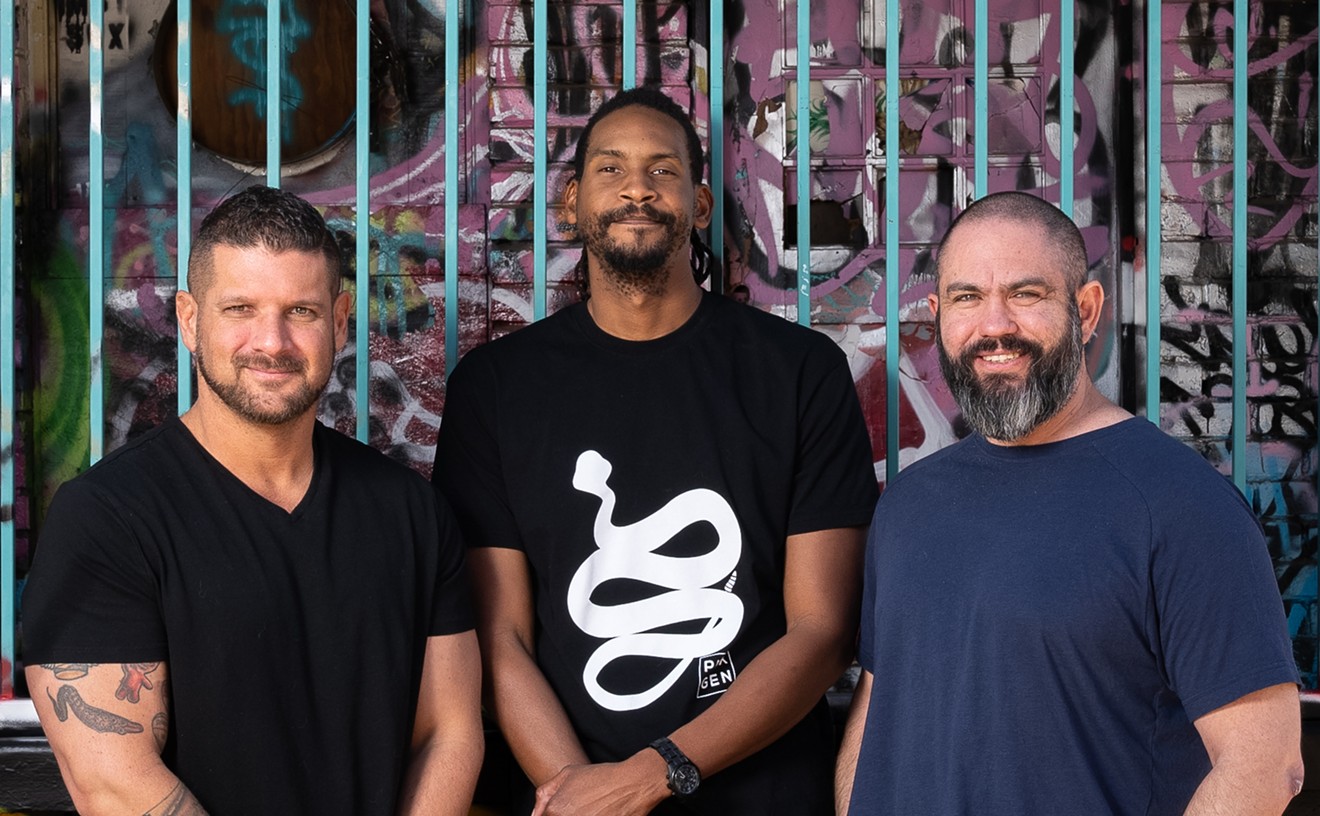With so many violent movies and lurid movies and straight-up bad movies — most just so much murderous product — it's rare anymore to be seized by that feeling, as a film plays, that maybe there's a reason for this particular violent or lurid or bad movie to exist. They simply do, crafted to ensure a return on an investment, and it's left only to the naive to expect from them something like meaning.
Blue Caprice is a violent movie whose mere existence you might wonder at. Here's the true story of John Allen Muhammad (Isaiah Washington) and Lee Boyd Malvo (Tequan Richmond), the D.C snipers, as they set to their grim business in the early days of this country's war on terror. The events are seen entirely through their perspectives, meaning the horrific material is unleavened by the usual reassuring heroics; don't expect to see cops working desperately to stop the next shooting. Instead, here's a matter-of-fact film that doesn't bother with psychological explanations for its climactic killing spree, 93 minutes with a man and kid desperate to show America that they matter.
What it does bother with: the killers at target practice, the killers tricking out their 1990 Chevy Caprice, the killers lying in wait in a parking lot, drawing a bead on passersby. Much of this is chilling, heart-squeezed-in-your-chest stuff, and none of it is lurid or especially exploitative. Early on, when these men are, like the rest of us, just potential killers, director Alexandre Moors charts their go-nowhere lives in suburban Tacoma, Washington. Life in the States seems to offer them little: Muhammad, an American from New Orleans, is embittered and alone after an ugly divorce, and teen Malvo, a sort-of son Muhammad brought here from Antigua, never gets the chance to make a way for himself. Early on, one of the few times we see him on his own, he wanders between street and strip mall along a sad grass island, America a disorienting blur about him. The moment resembles the alienating crush of New York City as experienced by the Nigerian heroine of Andrew Dosunmu's outstanding Mother of George, another troubling study of the contemporary immigrant experience. Before the kid can bring this life into some kind of focus, he's going through gun training with Muhammad — and listening to lectures about just how glorious it would be to kill one random person each day for a month.
All of this is well-acted and smartly shot — Washington plays Muhammad as commanding yet subtly rotten, and the spree is shown as calm, planned, and all too easy to get away with, often scored to the disquieting choral minimalism of Arvo Pärt. The quality, though, is not justification for the film itself, which goes about its own grim business of re-creating actual crime scenes still in the collective memory. We already know these guys undertook their rampage, and we can guess at whatever alienation and hormonal imbalances set them off. But the movies are chockablock with killers already, even of the serial sniper variety, a sub-genre Peter Bogdanovich mastered a full 45 years ago with Targets. The key question is whether this procedural — as in, here we watch killers proceed — contributes to any greater understanding.
I believe it does. There's not much here you don't know about how killers kill — or why. The scenes of Muhammad teaching Malvo that guns and death are the only ways a good man can have agency in this world are potent, but they don't reveal new facets of the masculine pathologies that have long gripped our mass shooters and shaped our popular entertainment. But there is something to learn about us. As the film grinds toward its inevitable ending, and Richmond's kid-face grows more hardened and harrowed with each murder, it's hard not to feel for him some surprising empathy.
Just before their road trip, Malvo handles himself well in a consultation with an arms dealer, and Muhammad smiles at him, proud — and you'll likely be glad for the kid, despite your better judgment. Later, when a traffic cop knocks on the door of that Caprice as part of a routine stop, a twinge passed through me, one of those involuntary responses to a suspenseful movie scene: a sting of they might get caught! fear. Blue Caprice plays like an experiment in the movies' capacity to stir such empathy, to connect ourselves and our fear to characters performing the most despicable actions. It brings to mind that shower-death clean-up in Psycho, that moment when somehow, despite knowing Norman Bates is the killer, you still find yourself hoping that the lake swallows the evidence.
A breath later, of course, my sense returned. Instead of worrying that this troubled kid might get arrested, I was terrified that he might not. But that first flush of emotion reveals the glory and danger of the movies — that in them, we can be inspired to feel for anyone.
That's also one of our greatest capacities: not that we're easily manipulated, or tricked into misplaced sympathy, but that our impulses toward understanding and identification are so strong that artists can pluck them like maestros. The tragedy, the fresh revelation of Blue Caprice is in watching this boy have that humanity stolen from him. That's why there are senseless killings — because too many men have too little to feel.











